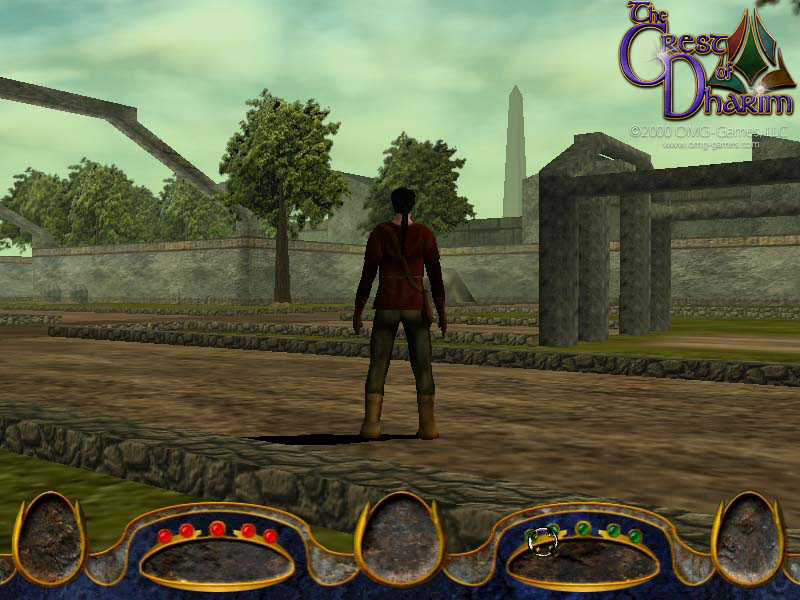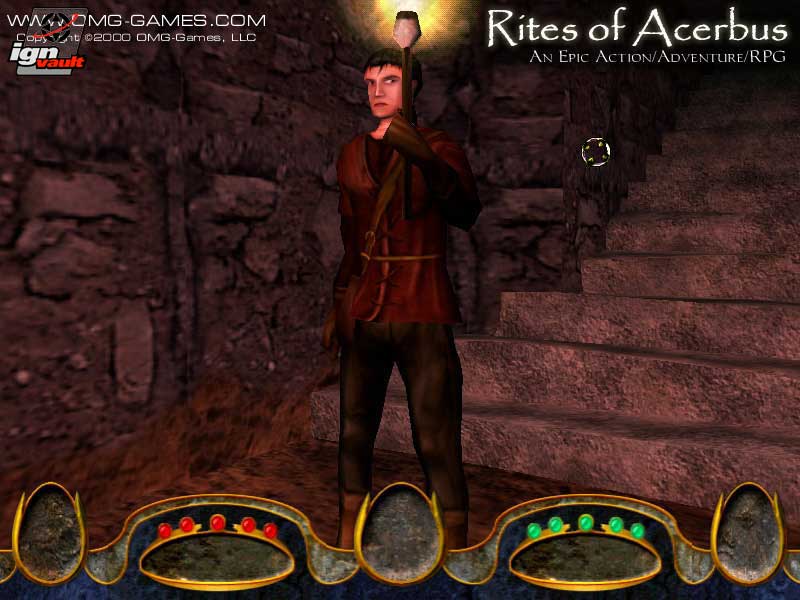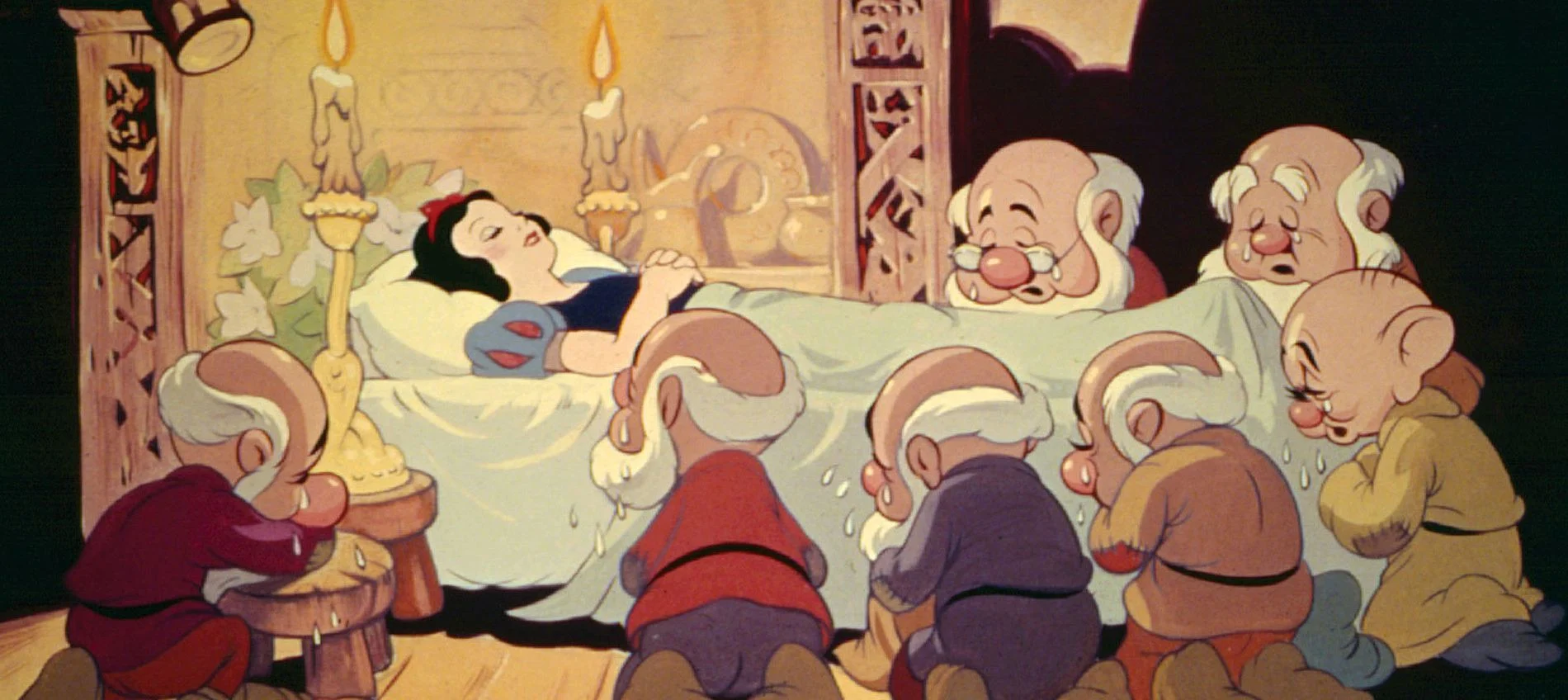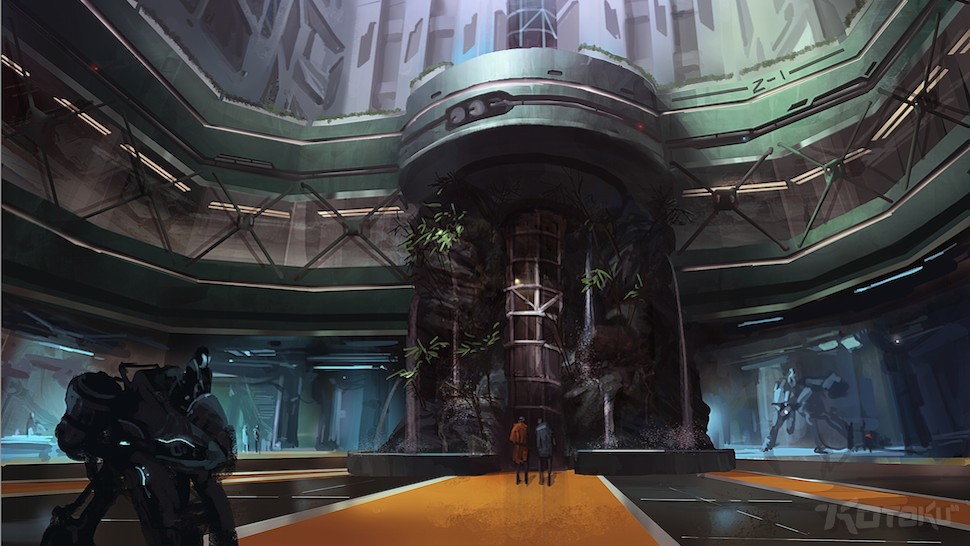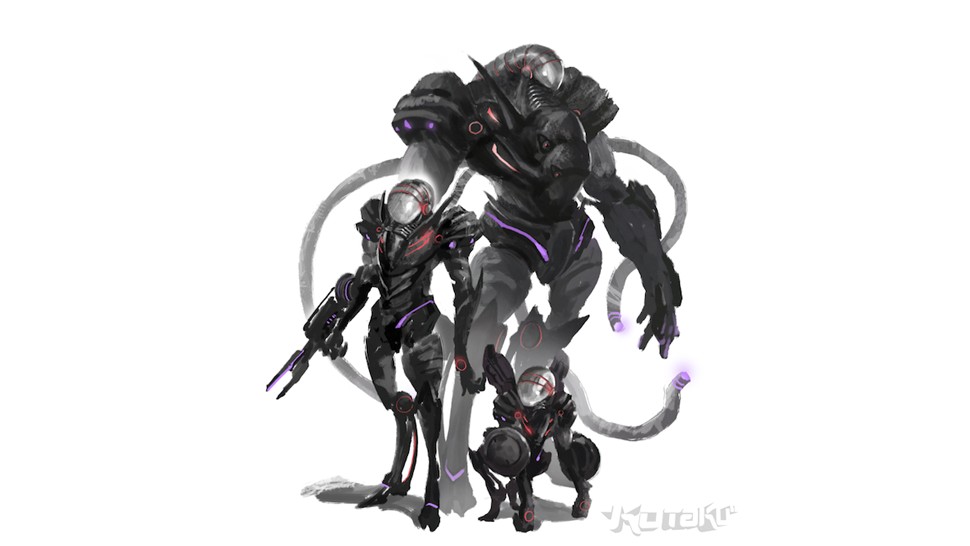The Wall is a cancelled immersive sim that was in development between 2005 and 2008 by Burut Creative Team and Play Ten, planned to be released on Playstation 3 and PC. Gameplay would have been similar to Deus Ex, with players helping one of three major factions in a dystopian future: The Government, The Environmentalists, and The Church. NPCs would react dynamically to your actions in sand-box levels you could freely explore to choose how to resolve missions, using customizable weapons, vehicles and special powers.
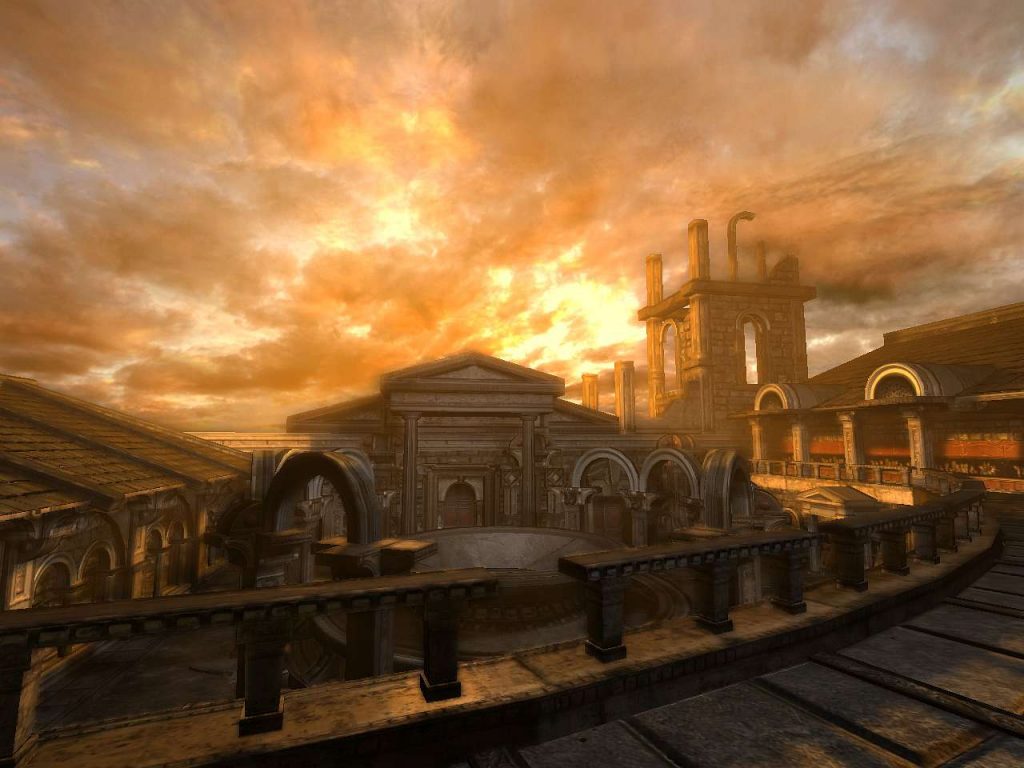
We can read some details about the game in interviews published at the time by PS3Land and FiringSquad:
“I believe the concept of “The Wall” world is a grotesque reflection of the modern world. We want to show all the avarice and ambition of transnational corporations, who pursue their business targets regardless of the consequences. In their quest for profit often the great treasures of the past, the cultural heritage of Humanity is sacrificed. Trying to improve the world, some greedy corporate giants are destroying it in fact, without paying any attention to this sad truth and firmly believing in the righteousness of their ways. They continue to push the deadly balance wheel, which is poised to crush them in the end. Also we want to show religious fanaticism with it’s terrible bigotry and superstition. Often the fundamentalist zealots are ready to devastate the existing world, just to create an ideal one they imagine in its place.”
“The game’s concept went through many iterations. Our efforts finally bore fruit, and we’ve invented around a dozen of features that are unique to the genre, and should be very interesting to the gamers. Among them are the totally destructible environment, intense development of the character’s relations with the outside world, the team and rankings which change during the course of events.”
The Wall was previewed by some gaming websites, such as CheatCC, Ixbt, and IGN:
“Various super-human abilities will be revealed throughout the course of the game, no doubt proving useful for overcoming certain obstacles and defeating enemies. Developers claim that personality points and actions will affect the plot and how characters react to the player, ala Deus Ex. Which side you choose also affects the game content, including weapons. For example the Government rifles are very industrial, while the Environmentalist firearms are handcrafted with leather and groovy characters etched into them. Weapons are customizable and there are vehicles to drive”
“Players will become Adam – a young man genetically modified by the scientists of the Church. Waking up after suspended animation, Adam must go to fulfill the mission entrusted to him, but the deep freeze slightly affected his brain. As a result of amnesia, Adam remains on his own, and is free to choose his own destiny.”
“The Wall will offer non-linear gameplay and it is up to you to choose whether to strengthen the power of the Government by eradicating the dissatisfied, help an environmentalist or become the God of a New religion. Not only the style of the game depends on the choices you make, but also its endings.”
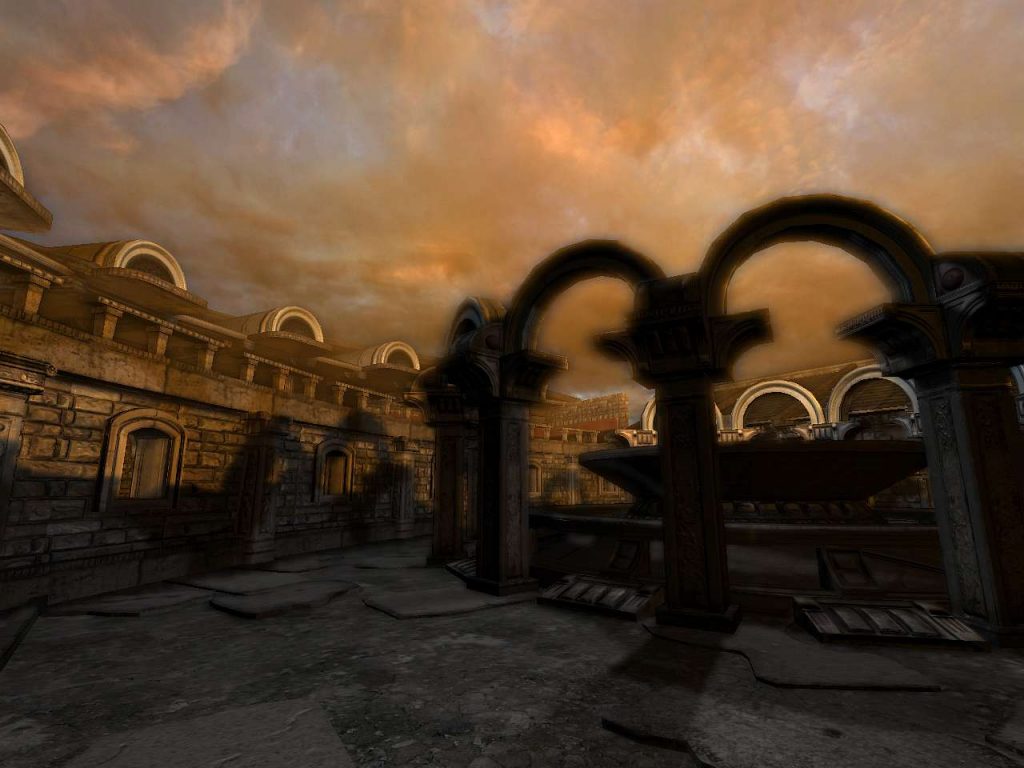
“About 25 missions are planned, taking place in a wide variety of places – from the skyscrapers of the Government to the underwater levels of poor neighborhoods.”
“One of the more noticeable elements includes highly-destructible environments with numerous break points. Objects, parts of buildings, entire buildings, and other sections of the play area can be gradually and fully destroyed. The amount of destruction is entirely dependent on the type of weapon being used to create it too. An example that Play Ten uses to illustrate this is that a tree won’t be seriously damaged by a pistol, but a rocket launcher will take care of it quite nicely. This sort of destruction isn’t just for looks, though — use can do things like destroy catwalk supports to knock enemies down from snipe points as well. “
“The addition of squad members with specific personalities is one such inclusion, as its RPG-like ranking system affects how people react to the hero. Missions are nonlinear too and like other open-ended games before it, The Wall will give users the option to take on primary and bonus missions that affect the ultimate outcome of the story.”
As far as we know the game was last seen at the Leipzig Convention 2008, then quietly vanished, forgotten by everyone. Play Ten was bought by Bestway Group in October 2008 and merged alongside two other big Russian publishers: Russobit-M and Game Factory Interactive. We assume the new company was not interested in publishing the game, and without a publisher Burut switched their resources to other projects (such as Cannon Fodder 3).
Video:
Images:

